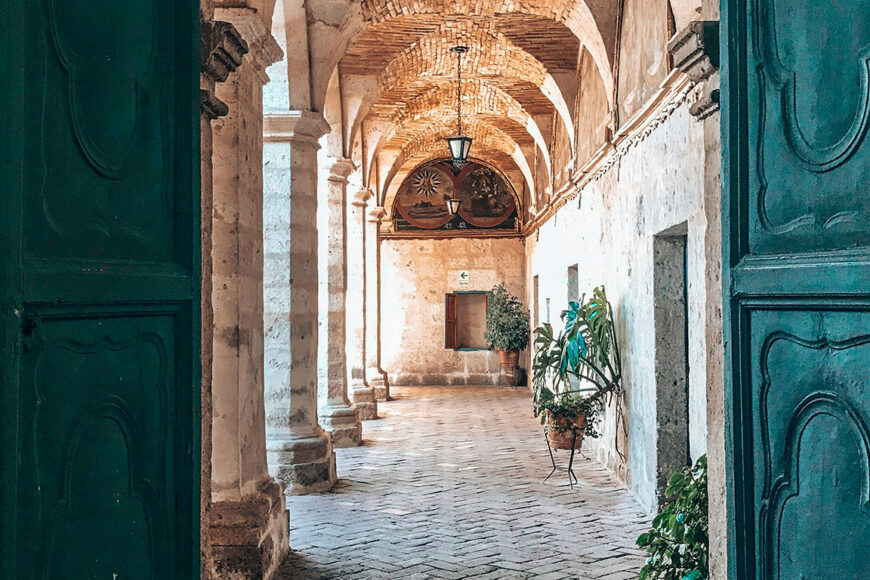Lesson 1: Opening the Door to Deep Restoration
If you’ve ever felt like rest is something you have to “earn” or that slowing down is a sign of weakness, this lesson is for you. Structured Rests are not about giving up or doing nothing—they are about creating the right conditions for your nervous system and brain to shift from survival mode into a state of deep restoration.
For many people, rest has become something passive, something they turn to only when exhaustion forces them to stop. But true restoration is not just about stopping activity—it’s about signalling to your mind-body system that it is safe enough to let go. Structured Rests are the bridge between depletion and recovery, teaching your system how to stabilise and rebuild resilience over time.
Why Traditional Rest is Not Enough
Most people think of rest as simply pausing from activity — sitting down, lying in bed, and often using distraction – watching TV, reading, or being on their phone. Traditional rest was only about giving the body a break, not taking into account the mind or nervous system. That’s why so many people find themselves not feeling any better afterward — because their mind is still racing, their nervous system is still in survival mode, and their Mindbody is not able to switch into the parasympathetic “Rest and Digest”.
Structured Rests work because they focus on resting the whole system—mind, body, spirit. These intentional pauses are designed to not just reduce physical fatigue but to guide the nervous system toward a state of deep safety and ease. Rather than avoiding activity, you will be learning how to settle your entire system, allowing you to rewire and realign in a way that fosters true recovery.
💗 Pause here. The most powerful way to begin is to simply start. Right where you are, without overthinking it. You don’t need the perfect setup or the perfect state of mind — just a willingness to give your system a moment of Ease.
Your First Short Structured Rest
Here is a very short guided Structured Rest for you – it’s under 2 minutes. All you have to do is click play and let yourself be guided. You don’t need to try to make anything happen. Just listen.
🌿 Take just 2 minutes for yourself right now. This is the first step toward teaching your nervous system that restoration is possible.
🎧 Pop headphones on if you have some. And then press play and close your eyes.
Understanding Structured Rests
Structured Rests are intentional, guided pauses woven into your day, designed to support deep restoration by giving your mind a gentle focus rather than leaving it to race. Unlike traditional rest, which often feels unstructured or frustrating, Structured Rests provide both an internal structure—by engaging your mind in a supportive way — and an external structure, forming a predictable rhythm in your daily life. By consistently practicing these moments of intentional pause, your nervous system learns that rest is safe, your brain begins to rewire, and true recovery becomes possible.
Is This Just Another Form of Meditation?
Not quite. Structured Rests do not have to include meditation, but some people find it helpful as a supportive focus. If meditation hasn’t worked for you in the past, I encourage you to stay open — there are many ways to guide your system toward ease and in Lesson 4 we’ll explore different options, including sound and other gentle tools to enhance rest.
What If Rest Feels Uncomfortable?
Many people find that when they first try to rest, it’s really hard to do so and they really don’t want to. You might feel restless, anxious, or even guilty about slowing down. This is completely normal — it’s not a sign that Structured Rests aren’t working for you.
If you find it difficult to slow down, or if emotions come up around rest, it’s most likely because your nervous system isn’t used to feeling safe. It has spent so much time in high alert mode that slowing down feels strange — maybe even dangerous.
💡 Remember – This doesn’t mean you’re failing. It means your system is learning. If resistance shows up, that’s okay. The key is to keep showing up gently, without forcing yourself to “try to relax”.
How Structured Rests Begin to Shift Your System
Each time you practice a Structured Rest, you are creating a new internal structure for rest—one that replaces the previous survival-based patterns of energy management. Instead of rest feeling unpredictable or tied to exhaustion, it becomes a reliable touchpoint for your system, gradually building both an internal rhythm and an external daily structure.
✔ Your nervous system learns that rest is safe, not a signal of collapse.
✔ Your brain begins rewiring to recognize slowing down as natural and supportive.
✔ Your mind and body start integrating a steady cycle of restoration and activity.
At first, these intentional pauses may feel small, but over time, they create a foundation of stability. The push-crash cycle begins to loosen its grip as your days develop a predictable, restorative rhythm. And as your days find structure, your weeks do too—until you are no longer just resting when depleted, but living in a life where recovery is woven into your routine.
💡 Each Structured Rest is more than a break—it is a step toward reshaping how your system experiences life.
Stepping Into a New Rhythm
Structured Rests are not about “doing nothing.” They are active, intentional moments of recalibration that work best when practiced consistently. Each rest creates a small ripple, gradually forming a steady rhythm in your day.
The goal is not to rest perfectly, but to begin weaving these moments into your life. Over time, your days develop a predictable structure, your weeks gain a gentle rhythm, and soon, you are living in a “recovery life”.
There is no rush—just gentle steps toward creating a life where restoration is a natural part of your day, not something you only turn to when you are at the point of collapse.
Pause and Integrate: Your Next Step
You’ve just completed Lesson 1—that in itself is a step toward healing. Each time you show up for this journey, you are reinforcing a new way of being — one where rest is not an afterthought, but an integral part of recovery.
💡 Take a moment to acknowledge yourself. You’ve taken the first step toward shifting your system, and that deserves recognition.
🌿 Now, choose how you’d like to integrate this lesson:
✔ Option 1: A Reward – Perhaps make yourself a warm drink and gently enjoy it. Or sit by a window and listen to birdsong. Or if you are able, you could step outside for a breath of fresh air. Let this be a small act of appreciation for showing up for yourself.
✔ Option 2: Perhaps a Structured Rest – If you’d like to go deeper, you could go and get comfortable, listen to a longer guided Structured Rest, allowing your body and mind to settle into this new rhythm.
🎧 Click here to listen to a deeper meditative guidance by Amari for Structured Rest →
Or, if it feels right, you can pause here and return tomorrow for the next lesson. Healing is not about urgency – it’s about consistent steps.
📌 When you’re ready, continue to Lesson 2: Beyond Pacing: The Myth of Energy Management →











